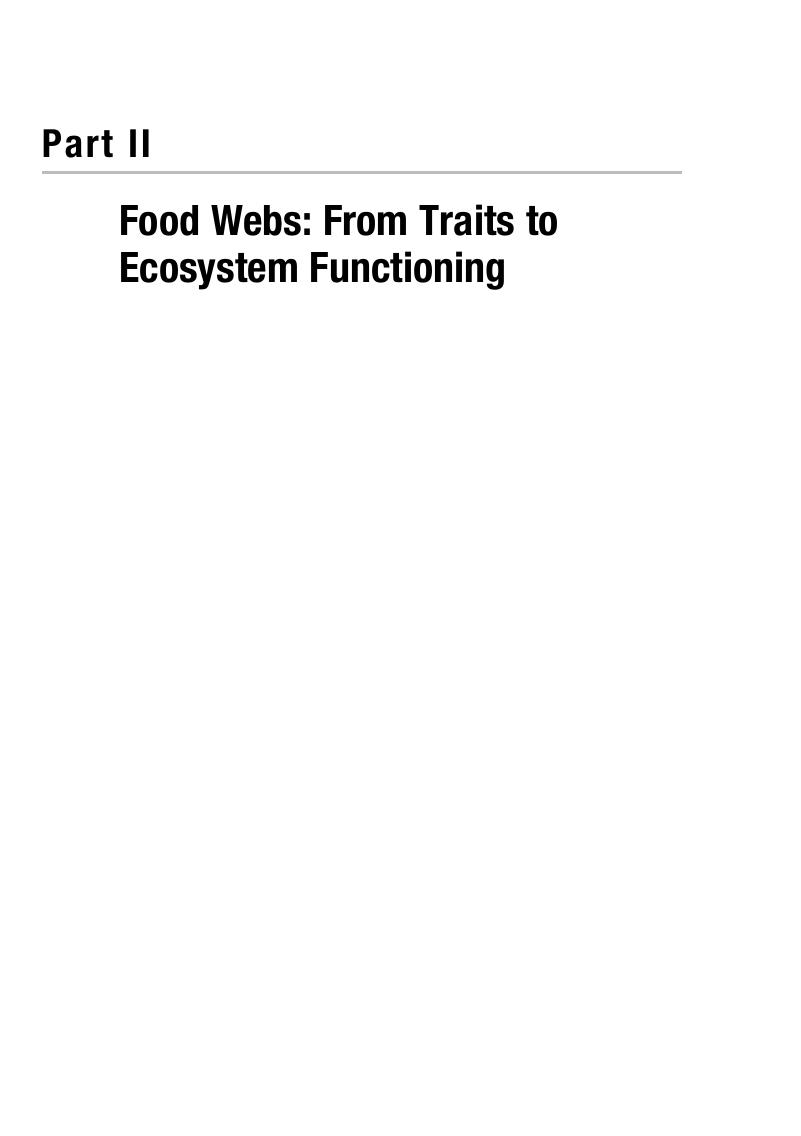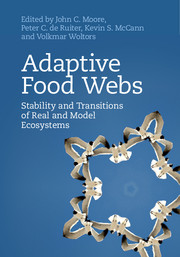Part II - Food Webs: From Traits to Ecosystem Functioning
Published online by Cambridge University Press: 05 December 2017
Summary

- Type
- Chapter
- Information
- Adaptive Food WebsStability and Transitions of Real and Model Ecosystems, pp. 105 - 286Publisher: Cambridge University PressPrint publication year: 2017



